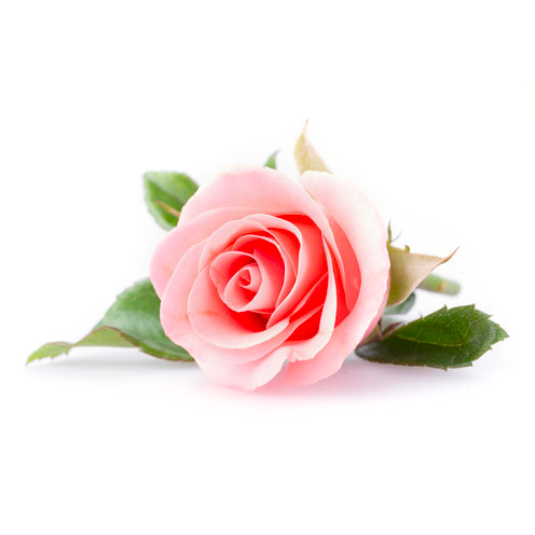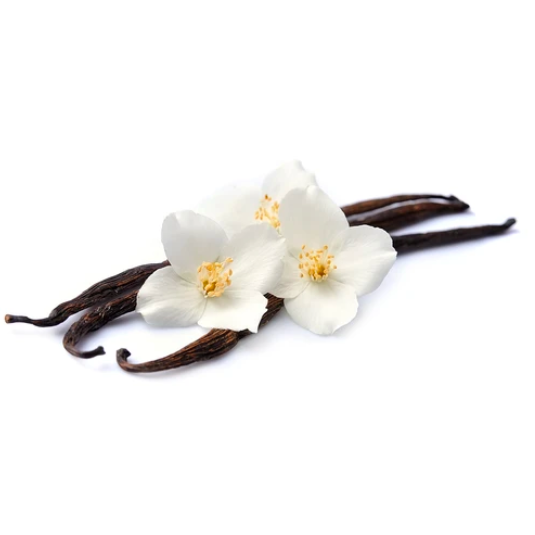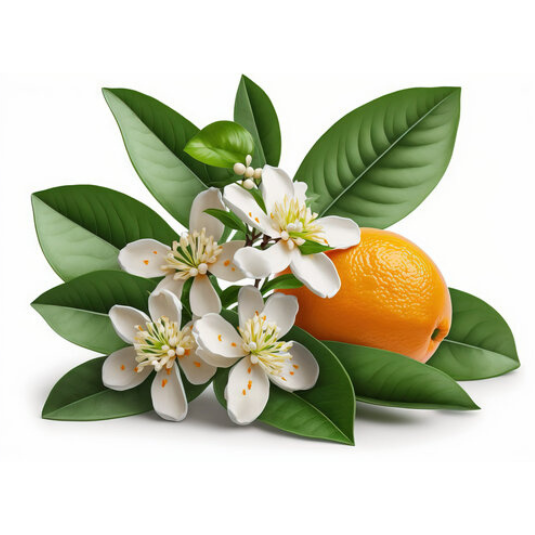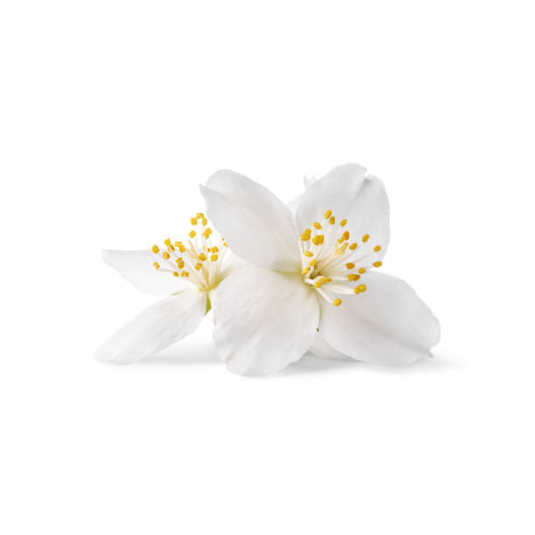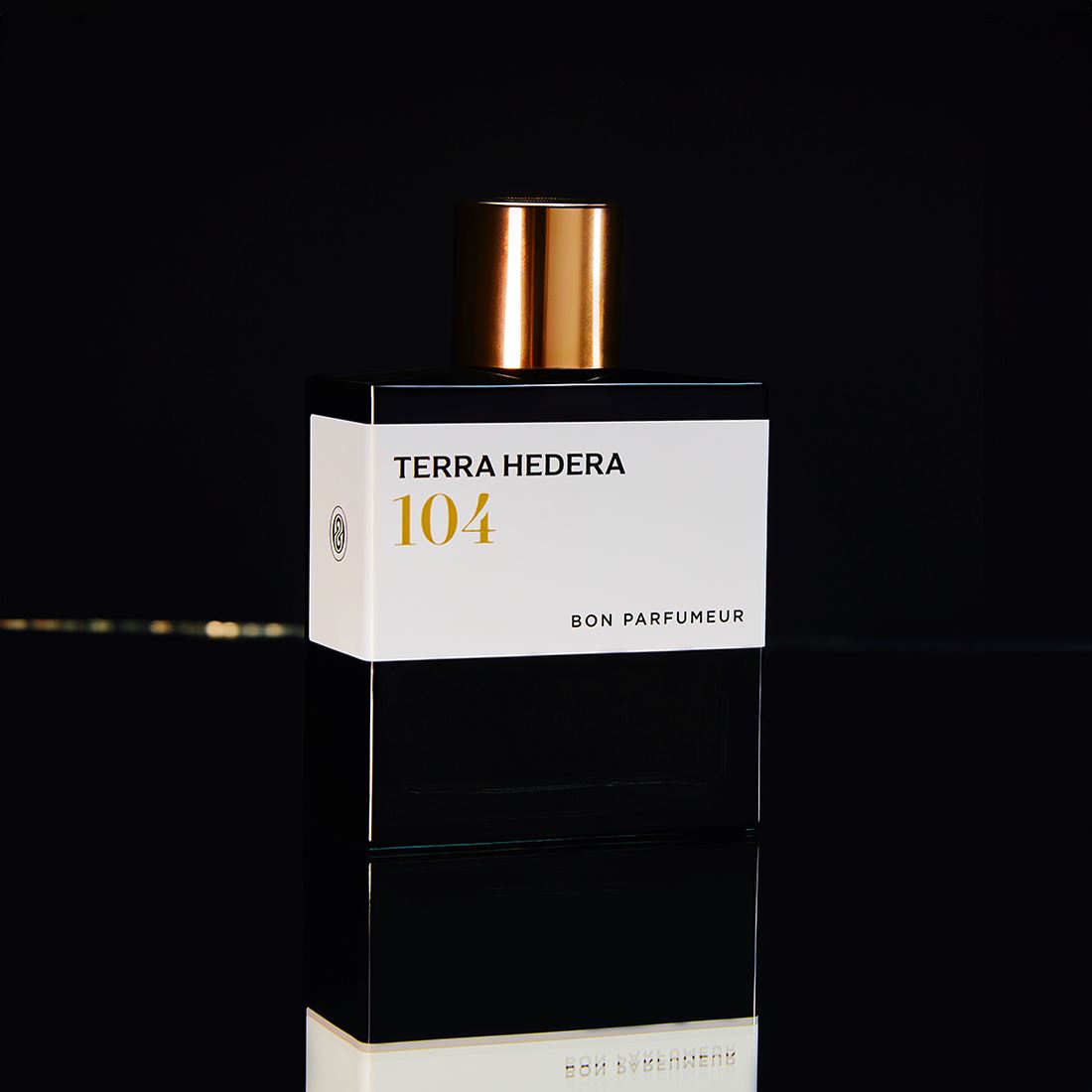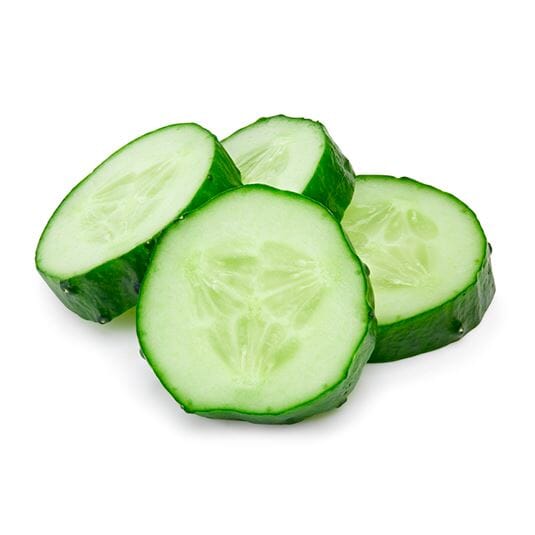Hyacinth X Good Perfumer
If you're looking for a hyacinth-infused fragrance, be sure to check out our 104 Eau de Parfum : This fragrance is characterized by its great plant-like freshness, inspired by the image of a vacation home covered in ivy. The top notes feature green orange, mastic, and galbanum for a vibrant green opening. This is then softened by touches of jasmine and hyacinth. These flowers give the creation a watery floral effect. This elegant fragrance rests on a rich trio of patchouli, amber, and vetiver.
What does the word hyacinth mean?
The name "hyacinth" comes from the ancient Greek "hyakinthos," meaning "purple-colored flower." This name refers to the color of hyacinth flowers in their most common variety. Hyacinth is also known as "wood bluebell" or "oriental bluebell." It is native to the Mediterranean region and is now cultivated throughout the world for its flowers and fragrance.
In the beginning…
The hyacinth is native to the Mediterranean region, particularly Turkey and the Middle East. It was introduced to Europe in the early 17th century by Dutch botanists who cultivated it for its flowers and fragrance. Since then, the hyacinth has been cultivated in many European countries, including the Netherlands, France, and Spain, as well as in Asia, North America, and South Africa.
Today, hyacinth is one of the most widely cultivated plants in the world for its beauty and fragrance. It is often used in gardens for its iconic flower and delicate scent, but also in the perfume industry for its ability to bring a floral and elegant touch to any composition. Hyacinth is a precious and versatile plant that continues to inspire perfumers around the world.
Did you know? Hyacinth is a plant with a long history in perfumery. It was used in perfumes since ancient times and was considered a sacred plant by the Greeks and Romans. Its flowers were used to scent massage oils and baths, as well as for the preparation of perfumes. In the Middle Ages, hyacinth was used to perfume churches and homes.
What do you know about hyacinth in perfumery?
Hyacinth perfume is recreated from accords because it is a mute flower, meaning it cannot be used in perfumery. Accords allow perfumers to precisely and consistently capture the essence of hyacinth using a combination of synthetic and natural ingredients. Hyacinth possesses floral, green, and sometimes slightly sweet nuances. Accords allow the characteristic scent of hyacinth to be recreated in a more controlled manner, using ingredients specifically formulated to capture its unique olfactory profile. Thus, accords offer an effective and creative approach to creating hyacinth perfumes that are both faithful to the natural scent and offer a pleasant and distinctive olfactory experience.
The processing and transformation of hyacinth accords in perfumery involves several steps. First, perfumers select specific ingredients, whether synthetic or natural, to recreate the distinctive scent of hyacinth. These ingredients are carefully blended in precise proportions to form the hyacinth accord, which captures the floral, green, and sometimes slightly sweet nuances of this flower. The hyacinth accord is then integrated into the overall composition of the perfume, where it can be combined with other notes to create an olfactory harmony. This transformation process creates perfumes that evoke the essence of hyacinth in a realistic and captivating way, offering a unique olfactory experience.
Hyacinth has a sweet , floral scent profile , with sweet and slightly spicy notes . It can be described as having a delicate and romantic scent, with hints of jasmine and rose. Hyacinth is often used to add a floral touch to other fragrances, but it can also be used as a dominant note in spring and summer fragrances.
Hyacinth is prized in perfumery for its subtle and delicate floral scent. Used for centuries, this flower holds a prominent place in the creation of high-end perfumes. Perfumers typically use the essential oil extracted from hyacinth flowers to create a sweet and romantic floral note.
Hyacinth is often combined with floral notes such as jasmine, rose, and lily of the valley, as well as fruity notes such as apple and pear. It can also be combined with spicier notes such as cinnamon and cardamom to create sophisticated and elegant fragrances. Depending on the concentration and combination of notes, hyacinth can be used to create light, fresh fragrances for spring and summer, or richer, more opulent ones for fall and winter.
The legendary hyacinth perfumes...
• Chanel 's Chance Eau de Parfum , released in 2003, combines hyacinth with notes of rose, bergamot, vetiver, and vanilla. Chanel's Chance Eau Tender Eau de Toilette also uses hyacinth as a heart note, accompanied by notes of grapefruit, white musk, and amber.
• Guerlain Chamade Eau de Toilette , created in 1969, combines hyacinth with other floral heart notes: rose and jasmine. The fragrance reveals a slightly woody note with the addition of sandalwood.
• Vent vert by Pierre Balmain , released in 1991, combines notes of hyacinth with lily of the valley, jasmine and sandalwood.
• Boss Pure by Hugo Boss is an Eau de Toilette inspired by the element of water, embodying energy and freshness. This fragrance begins with notes of white fig and lemon, develops with a floral bouquet of hyacinth and lily of the valley, and finishes with a seductive woody base. The transparent bottle evokes the freshness of a waterfall.
• The soft and sensual eau de toilette, Anais Anais L'original by Cacharel , created in 1978, combines notes of hyacinth with bergamot, jasmine and vetiver.
Each of these fragrances uses hyacinth in a distinctive way, highlighting its unique floral scent and combining it with other notes to create unique and captivating fragrances.




